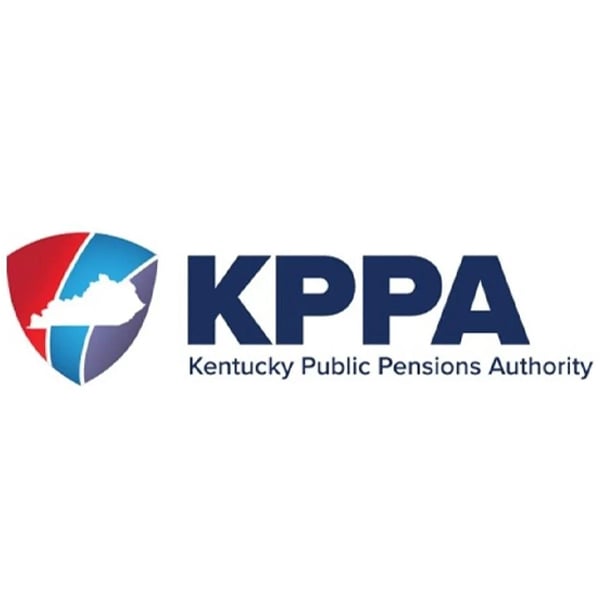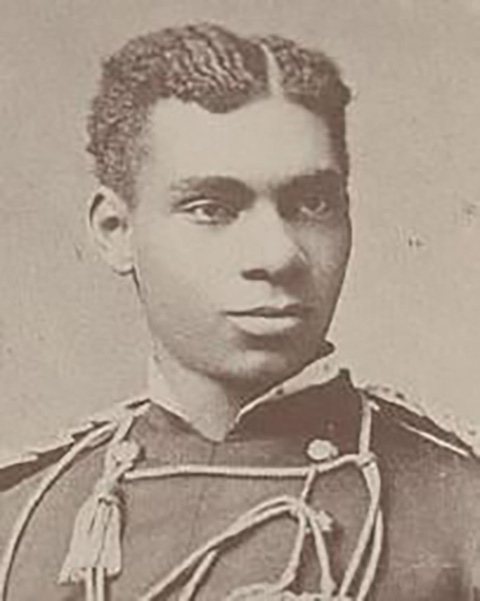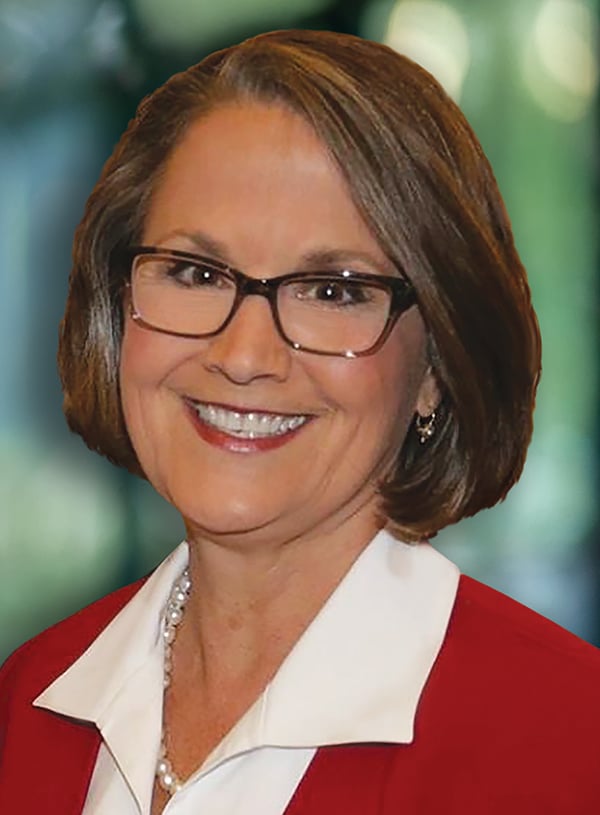By Steve Flairty
NKyTribune columnist
A drive down Highway 27 just south of Nicholasville and approaching Camp Nelson National Monument near the Kentucky River may well foster an awe-inspiring wonder in the traveler, perhaps even a sense of solemnity.
It rightly should elicit those sentiments, especially if the traveler knows the landmark’s story, which includes elements of joy, pathos, heroism, and cowardice.

The park, not to be confused with the equally awe-inspiring Camp Nelson National Cemetery next door, stands ready at the Visitor Center to share the intriguing accounts that happened during America’s Civil War (1861-1865). It was a special treat for me to talk with Stephen Phan, currently Park Ranger and Chief of Interpretation at the location, who called his staff “the best I’ve ever had.”
In April 1863, Camp Nelson was established as a supply depot for the Union Army to stage maneuvers to capture and hold East Tennessee, an area of high Unionist population that suffered under Confederate control. Major General Ambrose Burnside, leader of the Ohio Department and commander of the East Tennessee mission, initiated the search for a suitable depot and the Kentucky location was chosen for several reasons. First, it was situated along the Lexington-Danville Turnpike (today known as Highway 27) and close to the Kentucky River. It also was set along important lines of transportation and near the cities of Nicholasville, Lexington, and Richmond. Though earthwork fortifications were needed on the north part, the boundaries of the Kentucky River and Hickman Creek, with one bridge, gave great protection from attack on the east, south, and west sides of the land.
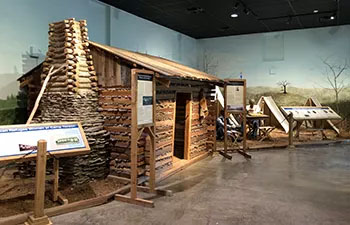
What happened at Camp Nelson evolved into other issues separate from the original purpose, but according to Phan, Burnside’s use of Camp Nelson for supplying the Tennessee campaign proved successful after launching the campaign in August of 1863, even though the logistics of moving supplies and horses south of the Kentucky River were difficult. “Burnside (actually) wanted to build a rail lane into East Tennessee but was told by engineers that it would take two to three years,” Phan said. Especially notable about Burnside’s leadership was that his Union soldiers had previously suffered defeats to the Confederates, and Phan called Burnsides’ positive results at Camp Nelson his “great redemption.”
With East Tennessee being secured after the Knoxville campaign, Union General Ulysses S. Grant evaluated the need for continuing Camp Nelson. According to Phan, Grant decided the camp was an “extravagant waste of resources,” but other events occurred that delayed shutting it down.
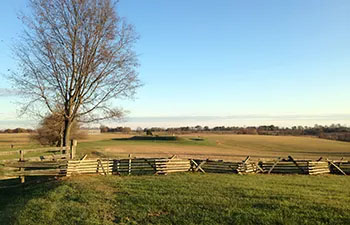
When the U.S government began to use emancipation of African Americans to recruit more soldiers for the Union Army, Camp Nelson was chosen as one of eight training centers for US Colored Troops. It would eventually become the third largest in America. From June to October 1864, thousands of African Americans initially flooded into the camp, seeking their personal freedom from slavery by joining the Union Army. More came later.
The 13th Amendment, ending slavery, was ratified on December 6, 1865. By that juncture, Camp Nelson had enlisted 10,000 Black soldiers. But there is more to the story, and much of it is not good. Many recruits brought their families with them, hoping their loved ones would also gain their freedom. Makeshift refugee huts were set up. However, those family members were expected to leave the camp and return to enslavement, creating a sad and untenable situation.
Highly tragic was the November 1864 forcing of some 400 women and children from the camp by the callous order of Brigadier General Speed S. Fry, a Kentucky native. Their refugee huts were also destroyed. With cold temperatures and illness, reportedly over 100 of them died, provoking a national outcry for the actions of the Union Army. As a result of the pressure applied, the Army reversed its inhumane policy and created a “Home for Colored Refugees” at Camp Nelson. A communal mess hall, school, barracks for single women and the sick, and duplex family cottages were built. Those previously turned away or forced out were allowed back in January of 1865. On March 3, an act of Congress officially gave the wives, children, and mothers of the U.S. Colored Troops their freedom, too.

Graveyard #1 is located on the north end of the park and marked with a grave obelisk. The Historical Marker Database (HMD) notes that 217 bodies, both white and African American Union soldiers, were exhumed in 1867 and reburied in the Camp Nelson National Cemetery. Possibly hundreds are left buried at #1, including women and children of both African American and white soldiers, according to HMD.
The U.S. War Department began closing Camp Nelson in 1866. Refusing to leave the area, a group of African Americans established a small village called Ariel. The Ariel Academy began there in 1868, led by Howard Fee, son of Berea College founder John Fee, and Gabriel Burdette, a former slave from nearby Garrard County. Ariel grew for a while into the 1900s, and in 1912, the local religious congregation started by the heroic John Fee built the Fee Memorial Church. In subsequent years, the village name “Ariel” was changed to “Hall,” and the church is the last public building still standing today, though it is in disrepair and currently not in use. A small number of descendants of the era live in the Hall area today.

Now as one of the several national parks in Kentucky, Phan praised the residents of Jessamine County who collaborated with scholars to establish a county park on the site in the 1990s. “They built a great infrastructure and we’re building on it,” he said. Camp Nelson was designated as a National Park Service in 2018, and Phan and his staff have plans to enhance the experience for all, especially in restoring the historical landscape. “We want it to look like a Civil War Park,” said Phan.
Those plans include:
• repairing Fee Memorial Church and improving public’s access
• upgrading fencing around camp
• upgrading hiking trails, possibly another five miles, that will guide visitors through the heart of Camp Nelson
• enhancing museum and barracks
• adding cannons
• refurbishment of the 1850s Oliver Perry “White House” standing near the Visitors Center
Most all the over 300 structures once sitting at Camp Nelson are gone, but one can see the earthworks and other sites with interpretive panels and colored flags along several miles of hiking trails. A walk on the trails gives one a strong sense that something powerful happened here.
“We call it a ‘three-year city’… built, expanded quickly, and torn down quickly. It was gone by the end of 1866, and our goal is to bring things back,” Phan said.
A reflective look at those three years in American history should provide valuable long-term humanitarian lessons for the country going forward. Will we take the challenge and learn from them?
For more information, visit www.nps.gov. The address for the park is: Camp Nelson National Monument, 6614 Danville Loop 2 Rd., Nicholasville, KY 40356.









